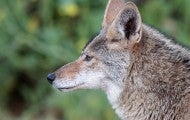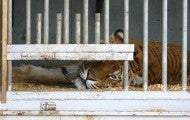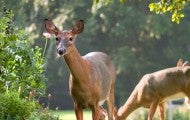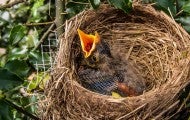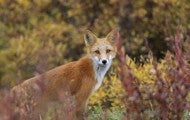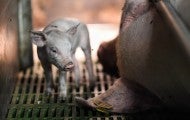If you spot a coyote in your neighborhood, relax: Most coyotes avoid people. “Seeing a coyote out during the day is not a cause for alarm, especially in the spring and summer when they’re out looking for food for their pups,” says Lynsey White, HSUS director of humane wildlife conflict resolution...
Animals with fur suffer immensely in the name of "fashion." Fortunately, more and more brands, designers and retailers are going fur-free. The companies listed below have announced that they don't sell animal fur or are phasing in a fur-free policy. (Please note that leather and shearling are not...
Around the world, animals used for meat, eggs and dairy often suffer on factory farms where they are treated as units of production rather than living, feeling creatures. The Humane Society of the United States and Humane Society International present comprehensive reports on animal agribusiness and...
